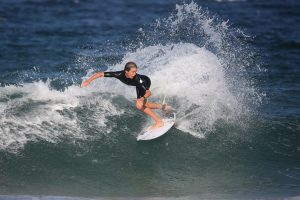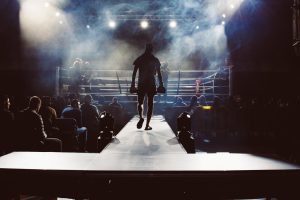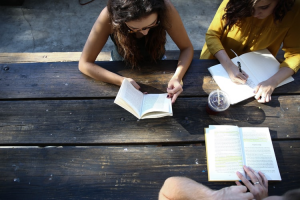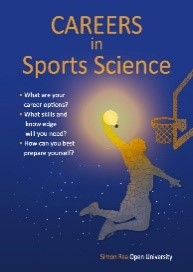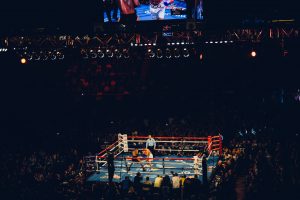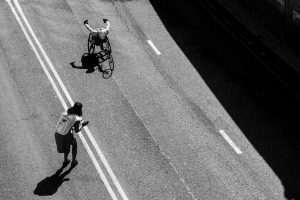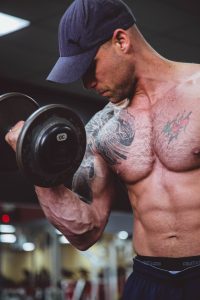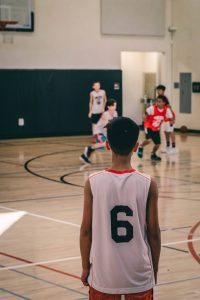By Chris Bodell, Jennifer Brand, Archie Collins, Paul Downing, Charlie Edwards and Clare Elliott (E119 19J Students)
This blog was written as part of a collaborative team work task by students studying E119. They had to select a topic and then decide on what roles each person would perform in the team, such as researcher, writer, editor and leader. This blog was chosen as one of the best blogs from around 80 blogs that were produced.
So, can surfing help improve our mental health? Let’s take a look and see how it turned
Jessica Cox’s’ life around.
Jessica Cox revealed in an interview with the BBC (2018) that she had suffered from numerous mental health issues throughout her life including anxiety, family bereavement, post- natal depression and bullying. She explains that she got in with the wrong crowd from an early age of 11, leading to drug and alcohol issues.”I would absolutely say I was at a turning point where if I had got in one more bit of trouble at school I would have been expelled; if I had got arrested one more time I would have got taken into juvenile prison.” (BBC, 2018)
Jessica says the sea saved her and has turned her life around. Jessica sourced a board and
wetsuit and began surfing, “You feel afterwards the feelings of vibrancy and life; it is
unexplainable. You’re just at one with nature, and nature never judges you” (BBC, 2018).
Jessica went on to gain qualifications to teach people to surf, spreading her love of surfing.
“You can feel tired of life and all the things that are going on, and you get into the water and
it literally washes the anxiety away… you feel this release,” (BBC 2018).
 Seeing first-hand the positive effects the sea and surfing can have on the mind, mixing the
Seeing first-hand the positive effects the sea and surfing can have on the mind, mixing the
calming nature of the ocean with the physiological benefits of surfing, Jessica took her
experiences and knowledge and founded Sirens. Sirens offers surfing lessons and retreats to
women of all ages and abilities. They work with other charities to reach out to vulnerable
women and organise community events aimed at people suffering with mental health
conditions, it allows people to get involved in yoga and even learn how to surf. Sirens is a nonprofit organisation meaning that any profits made go back into the company, making them
able to offer their services to disadvantaged or vulnerable women and girls.
You can find out more about Jessica’s own journey, along with her journey helping others by
visiting: https://www.inspiresirens.org/
There are many examples on how mixing the benefits of the physical activity of surfing and
being in the ocean are having positive effects on a person’s mental wellbeing!
The Wave Project is a community interest company that aims to change young people’s lives
through surfing, it started as a NHS funded project where 20 young people, diagnosed with a
range of mental health disorders, met on the beach for a surfing lesson. After surfing
participants felt less angry, calmer and more connected with one another. One person who
had been diagnosed with selective mutism even began speaking freely again! The wave
project has over 900 volunteers and has joined 6 other surf therapy programmes around the
world to form the International Surf Therapy Organisation (ISTO)! (Waveproject, 2020).
An initiative called Blue Health analysed 35 scientific studies of how blue spaces, i.e. ocean,
lakes etc, benefit our health and wellbeing. They found that interaction with blue spaces has
a positive effect on mental health, especially reducing stress.
One study that blue health completed involved using technology to bring 360-degree videos
using a virtual reality headset to those where natural blue spaces were inaccessible. This
technology was also able benefit elderly or disabled people or those with certain medical
conditions (Bluehealth, 2020).
The Blue Mind Theory explains the mildly meditative state we enter when we are in, near or
under water, comparative to the Red mind state which describes our state of mind while
suffering from mental health problems. Scientists are evaluating the physical and
“Siren’s aim to offer a supportive, all female environment where you can be inspired by your own abilities, other women, and the environment that surrounds us.” (sirens, 2017).
When researching the psychological effects of water, they found that being by the coast leads to an improved sense of physical health and well-being. Livni (2018) states that “contact with the water induces the meditative state that makes us happier, healthier, calmer, more creative and
more capable of awe”.
“The idea water is medicine will be mainstream within 10 years” (Nicholls, W. 2015).
Surfertoday, a surfing magazine is aimed at current and prospective surfers and promotes the
health and physiological benefits of surfing, but may well be biased. But as we can see earlier
in the blog, there is research and real-life evidence showing: –
“Surfing not only improves your physical fitness, but it also clears your mind and acts as an
emotional stabilizer. Its Zen effect soothes the mind and balances your emotion’s. Those who
actively engage in surfing, know that it reduces stress, boosts our mood, and even helps us
overcome loss nor grief.” (Surfertoday, 2020).
For more information about how surfing can improve your mental health, visit Surfertoday’s
article at: https://www.surfertoday.com/surfing/how-surfing-improves-your-mental-health

